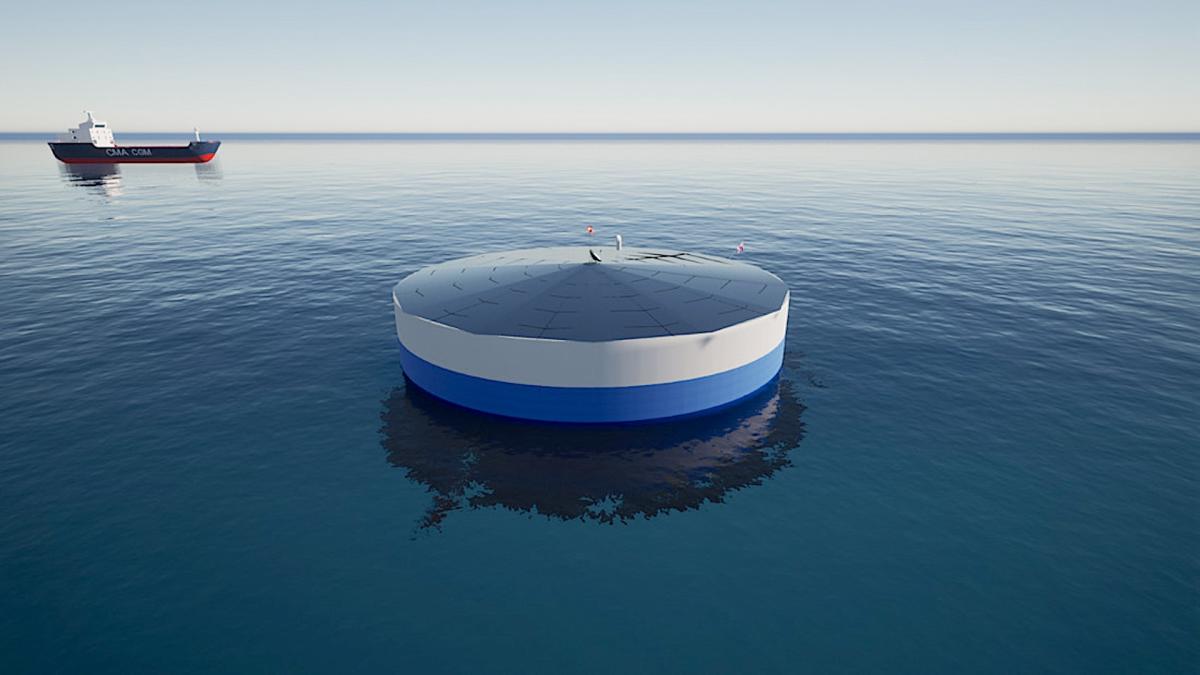A European Union-funded clean energy project has reached the halfway mark, bringing island communities a step closer to a reliable power source that can withstand extreme storms.
Global OTEC announced on June 21 that an Ocean Thermal Energy Conversion (OTEC) prototype is 50% complete after fabrication began in March.
The device, developed by pan-European seven-company consortium PLOTEC (of which Global OTEC is a member), is expected to help “Small Island Developing States” transition away from diesel generators, which spew health-harming pollutants when operated and are unreliable.
Island nations can face unique challenges when ditching dirty fuels, including limited space for wind and solar farms to support a cleaner grid.
This can leave them dependent on generators — and thus in a bind. People, businesses, and medical facilities need power, but dirty fuels are the primary culprit behind an overheated planet, contributing to the accelerated rise of sea levels that disproportionately impact islands and the uptick in severe weather events.
That’s where OTEC — a concept that has been around for more than 100 years — can help. Basically, it takes advantage of islands’ abundant natural resources by generating electricity from temperature differences between ocean surface waters and deep ocean waters, according to the U.S. Energy Information Administration.
Watch now: These high-tech roads wirelessly charge your car as you drive
This means OTEC can provide around-the-clock renewable, non-polluting energy even after severe tropical storms. As Environment+Energy Leader noted, seawater will remain “warm on the surface and cold in the depth” even after such events.
When complete, the consortium’s storm-resistant prototype will be tested in the Atlantic Ocean, roughly two miles off the coast of the Canary Islands, according to Global OTEC.
Lead engineer Sam Johnston explained in the company’s media release that construction should soon move at a faster pace, too. The first phase involved meticulously cutting more than 660 steel plates that varied in thickness, from around 0.24 inches (six millimeters) to 2.6 inches (65 millimeters), and putting together the base.
“Once the keel plate is completed, we expect the rate of progress to increase, as many of the more intricate welds will be finished, allowing us to begin assembling the cylindrical shells onto the keel,” Johnston said.
Join our free newsletter for weekly updates on the coolest innovations improving our lives and saving our planet.

